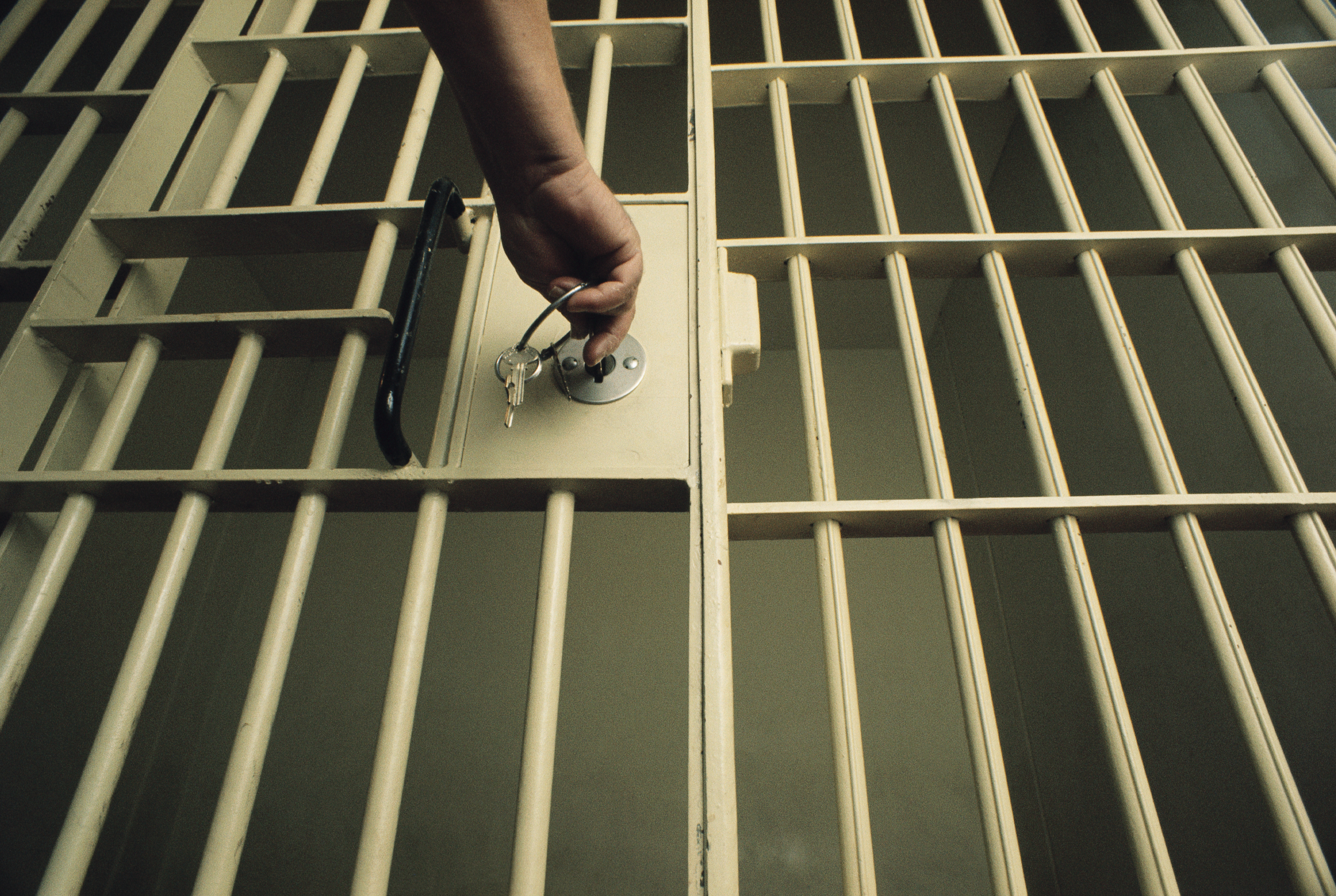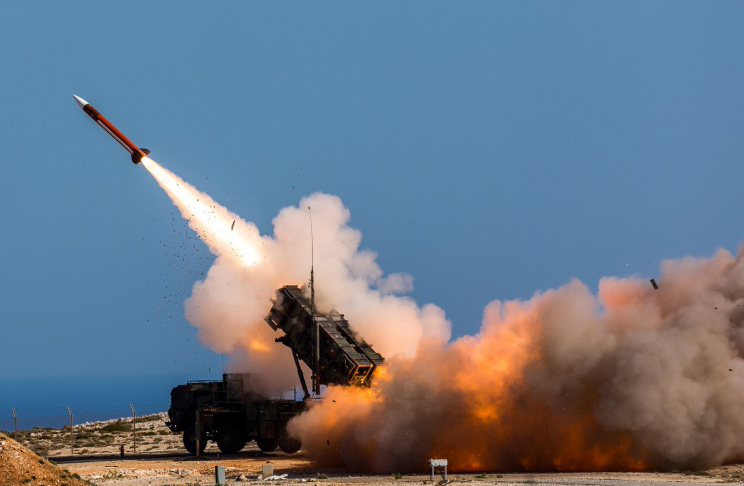California is running out of water. That's the harsh assessment by experts who say 90% of the state is dealing with drought conditions with the threat of mandatory statewide water restrictions looming.
The most glaring indications of the drought in the Bay Area are the local reservoirs. The reservoirs during the last drought were relatively full and offered a temporary buffer to a major water shortage. That is not the case this time around.
"I think we need a lot more rain to bring them up," said Philip Anzalone, who owns the God's Little Acre nursery near the Almaden Reservoir.
Anzalone is no stranger to dealing with drought, especially when it comes to protecting his 5,000 trees.
Get Southern California news, weather forecasts and entertainment stories to your inbox. Sign up for NBC LA newsletters.
"So we haven an automatic drip system for the whole nursery," he said. "And it automatically waters by itself - a little bit at a time."
Anzalone adds his method does not waste any water.
The Santa Clara Valley Water District oversees the 10 reservoirs in the South Bay, which are collectively at less than 12% capacity.
U.S. & World
News from around the country and around the globe
"We're in a really challenging situation," Santa Clara Valley Water District Vice Chair Gary Kremen said. "And if we don't have a good winter, it's going to be critical. We're going to see wells go dry in this county."
Kremen said the top options to solving the situation is water conservation for both businesses and residential properties, with emergency purchases of water as the other.
Those short-term solutions are tricky. The water district said the public is suffering crisis fatigue and the price of emergency water is five times higher than just a couple of years ago.
The biggest hit the district took was when its largest dam -- Anderson -- had to be drained for seismic reinforcement, a 10-year project.
"It's never a good time to take down half your storage offline," Kremen said.
The most promising long-term plan is the expansion of relatively tiny Pacheco Reservoir in south county from about 5,000 acre feet to 140,000 acre feet -- enough to serve almost 1.5 million residents for a year all by itself.
"It's bigger than Anderson, it's bigger than all 10 of our other ground reservoirs combined," said Chris Hakes with the Santa Clara Valley Water District. "So that's emergency supply we could tap when we're in a drought."
But Pacheco Reservoir is also a projected 10-year project still in its environmental review stage.
The major looming factor is climate change, which could mean extended droughts and could force a more unified state strategy.



